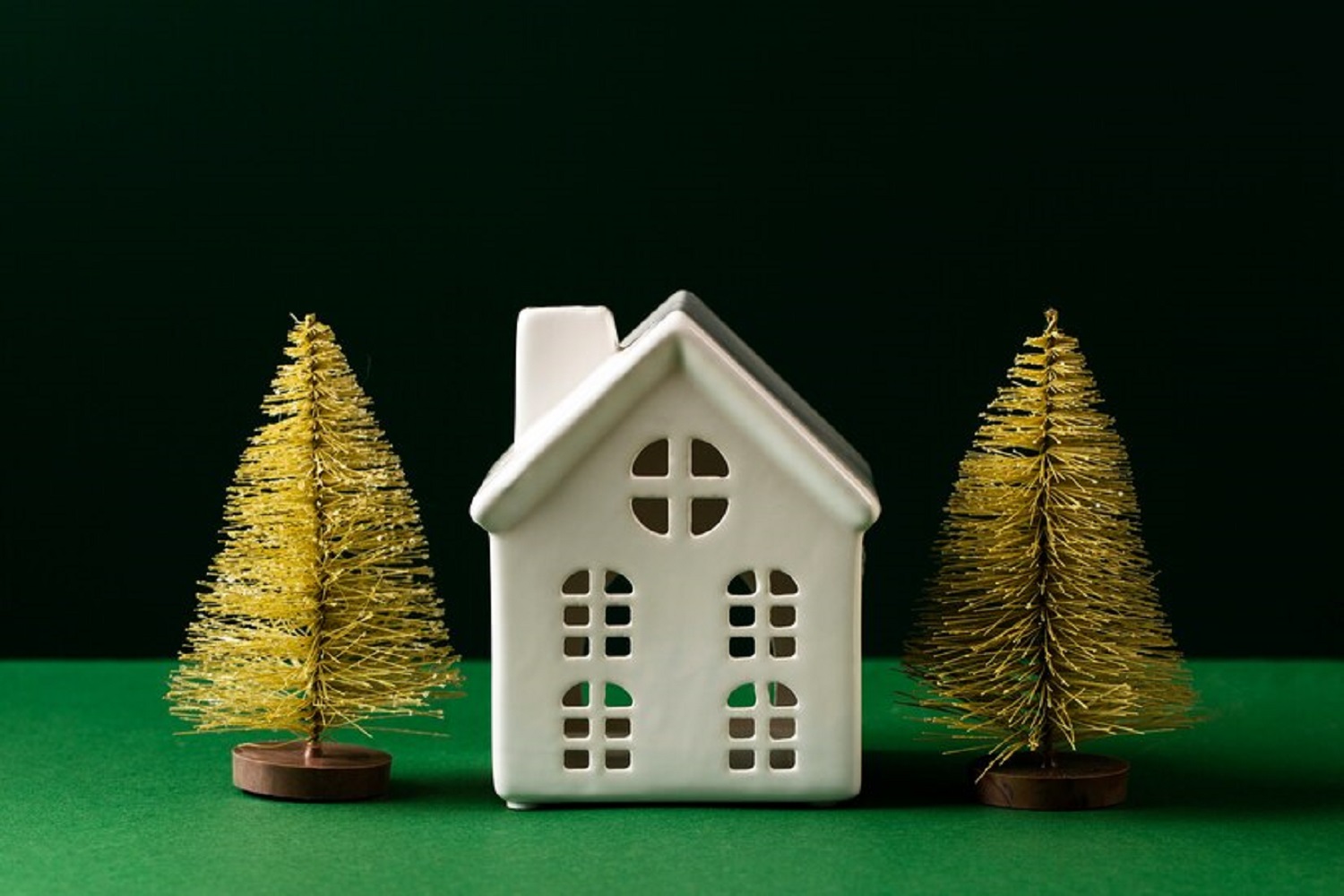Trees that should not be planted near your house
 What trees are dangerous for the foundation? (photo: Freepik.com)
What trees are dangerous for the foundation? (photo: Freepik.com)
Problems with tree roots that grow under the foundation of a house, fences, and outbuildings and can destroy them are often a concern for gardeners. What trees are dangerous in this regard?
RBC-Ukraine explains how to choose trees that will not damage foundations and paths.
Why roots damage foundations
Usually, the root system of trees and shrubs tries to bypass obstacles such as concrete foundations. However, under certain conditions, the roots of some trees and shrubs can penetrate the cracks and seams of the underground part of buildings, gradually expanding them if they find moisture there.
If cracks appear in the exposed part of the foundation, windows or doorways begin to warp, and the basement floor becomes uneven, the cause may be roots growing under the foundation.
Most often, the roots penetrate existing foundation cracks. But if there is a drought in the garden and the plants suffer from a lack of moisture, the roots can begin to reach for the foundations, actively growing under the paths and driveways as moisture accumulates there.
 Tree roots can damage a house (photo: Arborcraftaz.com)
Tree roots can damage a house (photo: Arborcraftaz.com)
What trees should not be planted near the house
Some trees can cause damage to the foundation. It is not easy for trees to grow to the foundation and survive in high humidity, but there are species with an active root system that seek excess moisture.
It is recommended to avoid planting such trees near the house:
- Large species of willow
- Gleditsia
- Large maple species, such as silver maple
- Elm
It is not recommended to plant large fast-growing trees closer than 5-6 meters to the house. The root system of a tree usually extends to the same radius as the crown. Trees such as walnut grow quickly and can cause problems.
Trees with shallow root system
Some trees form not only deep but also shallow root systems, which can interfere with the use of walkways, and raised paving slabs, and damage playgrounds and parking lots.
Conifers such as spruce, pine, and thuja enrich the air with useful phytoncides, but their root system is often located near the surface. Therefore, it is better to plant them at least five meters away from the house.
The same recommendations should be followed when planting fir, larch, hemlock, maple, common oak, chestnut, sumac, poplar, and other trees.
Trees that are still too tall can become a target for lightning, and conifers can easily catch fire due to their resinous nature. Therefore, it is not recommended to plant them directly under the house.
 Conifers have a shallow root system, which is harmful to foundations and walkways (photo: Freepik.com)
Conifers have a shallow root system, which is harmful to foundations and walkways (photo: Freepik.com)
Preventing root penetration into foundation area
The following recommendations should be followed to prevent roots from growing under the foundation:
- Water the garden so that the soil does not dry out and trees are not forced to look for moisture near the foundation, paths, fences, and arbors
- When planting trees, install barriers such as geogrids between the seedling and the house. This will help direct the roots away from the foundation or deeper into the ground, preventing them from growing in an undesirable direction.
Sources: Gardener's Path, Bob Vila, Family Handyman.

